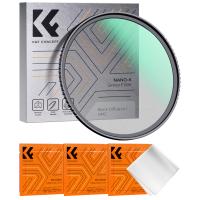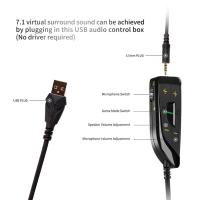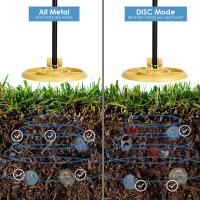How To Clear A Sd Card Mac?
Clearing an SD card on a Mac is a common task that many users need to perform for various reasons, such as freeing up space, preparing the card for a new device, or simply starting fresh. This article will guide you through the process of clearing an SD card on a Mac, covering different methods and addressing common issues that may arise. By the end of this article, you will have a comprehensive understanding of how to effectively clear an SD card using your Mac.
Understanding the Basics

Before diving into the steps, it's important to understand what clearing an SD card entails. Clearing, or formatting, an SD card means erasing all the data on it and setting up a new file system. This process is irreversible, so make sure to back up any important data before proceeding.
Method 1: Using Disk Utility

Disk Utility is a built-in macOS application that allows you to manage disks and storage devices. It is the most straightforward method for clearing an SD card.
Step-by-Step Guide:

1. Insert the SD Card: Insert your SD card into the SD card slot on your Mac or use an external card reader.
2. Open Disk Utility: You can find Disk Utility by going to `Applications > Utilities > Disk Utility`, or by searching for it using Spotlight (Cmd + Space).
3. Select the SD Card: In the Disk Utility window, you will see a list of all connected drives. Select your SD card from the list on the left-hand side.
4. Erase the SD Card: Click on the `Erase` button at the top of the window. A new dialog box will appear.
5. Choose Format and Name: In the dialog box, you can choose the format for your SD card. For most purposes, `ExFAT` is a good choice as it is compatible with both macOS and Windows. You can also give your SD card a new name.
6. Erase: Click the `Erase` button to start the process. Disk Utility will format the SD card, and you will see a progress bar. Once completed, your SD card will be cleared and ready for use.
Method 2: Using Terminal

For users who prefer command-line tools, Terminal offers a powerful way to clear an SD card. This method is more advanced and requires careful attention to avoid mistakes.
Step-by-Step Guide:
1. Insert the SD Card: Insert your SD card into the SD card slot on your Mac or use an external card reader.
2. Open Terminal: You can find Terminal by going to `Applications > Utilities > Terminal`, or by searching for it using Spotlight (Cmd + Space).
3. List Disks: Type the command `diskutil list` and press Enter. This will display a list of all connected drives. Identify your SD card by its size and name.
4. Unmount the SD Card: Type the command `diskutil unmountDisk /dev/diskX` (replace `diskX` with the identifier of your SD card) and press Enter.
5. Erase the SD Card: Type the command `sudo diskutil eraseDisk ExFAT SDCardName /dev/diskX` (replace `SDCardName` with your desired name and `diskX` with the identifier of your SD card) and press Enter. You will be prompted to enter your password.
6. Confirm: Terminal will format the SD card, and you will see a confirmation message once the process is complete.
Common Issues and Troubleshooting
SD Card Not Recognized
If your SD card is not recognized by your Mac, try the following steps:
- Check the Connection: Ensure that the SD card is properly inserted into the slot or card reader.
- Try a Different Reader: If you are using an external card reader, try a different one to rule out hardware issues.
- Restart Your Mac: Sometimes, a simple restart can resolve recognition issues.
Unable to Erase SD Card
If you encounter an error while trying to erase the SD card, consider these solutions:
- Check Write Protection: Some SD cards have a physical write-protection switch. Ensure that it is in the unlocked position.
- Use First Aid: In Disk Utility, select your SD card and click on `First Aid` to check and repair any issues before attempting to erase it again.
- Format Using Terminal: If Disk Utility fails, try using Terminal as described in Method 2.
Best Practices for SD Card Maintenance
To ensure the longevity and reliability of your SD card, follow these best practices:
- Regular Backups: Always back up important data before clearing or formatting your SD card.
- Eject Properly: Always eject your SD card properly before removing it from your Mac to avoid data corruption.
- Avoid Physical Damage: Handle your SD card with care to prevent physical damage that could render it unusable.
Clearing an SD card on a Mac is a simple process when you know the right steps. Whether you choose to use Disk Utility for a graphical interface or Terminal for a command-line approach, both methods are effective. By following the guidelines and troubleshooting tips provided in this article, you can ensure a smooth and successful experience. Remember to back up your data, handle your SD card with care, and follow best practices for maintenance to keep your SD card in optimal condition.


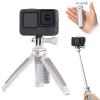
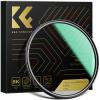
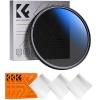
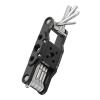
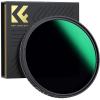
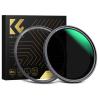
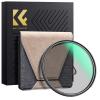


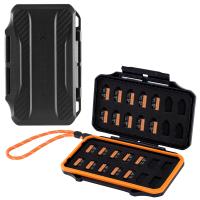

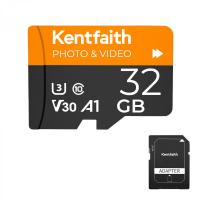
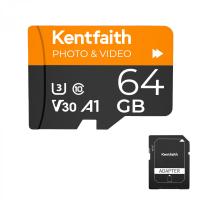


![4K digital camera for photography and video [autofocus and stabilisation] 48 MP video blog camera with SD card, 3 4K digital camera for photography and video [autofocus and stabilisation] 48 MP video blog camera with SD card, 3](https://img.kentfaith.com/cache/catalog/products/us/GW41.0065/GW41.0065-1-200x200.jpg)

